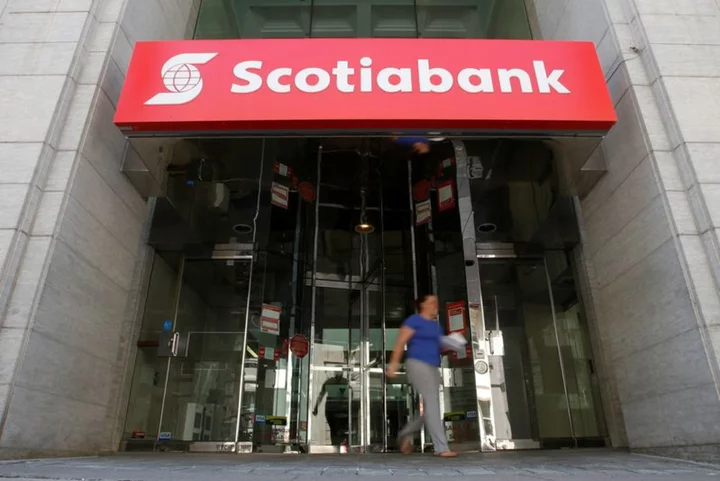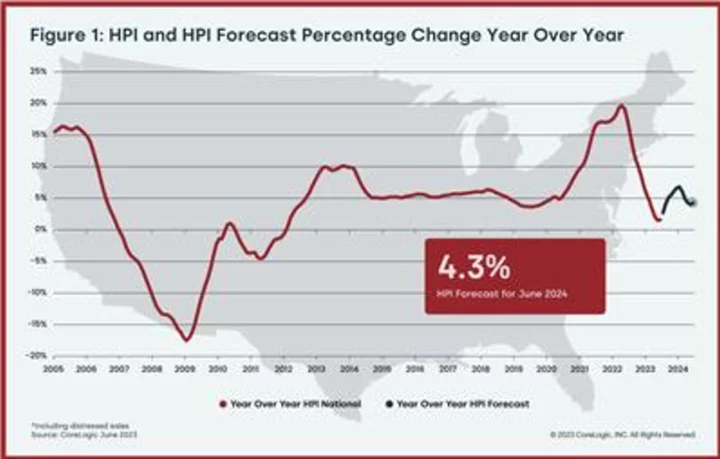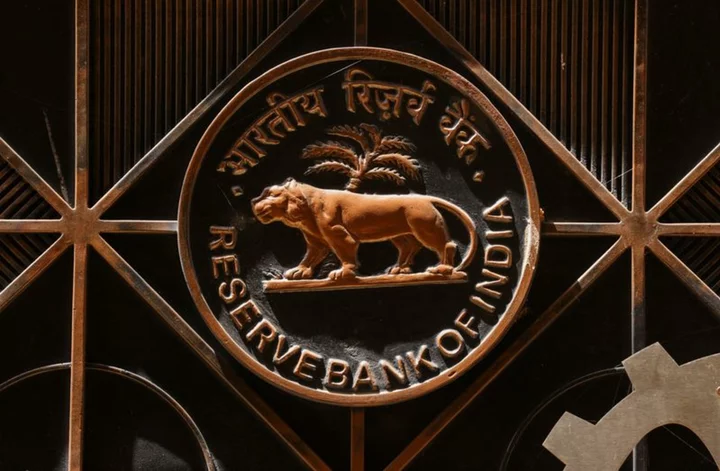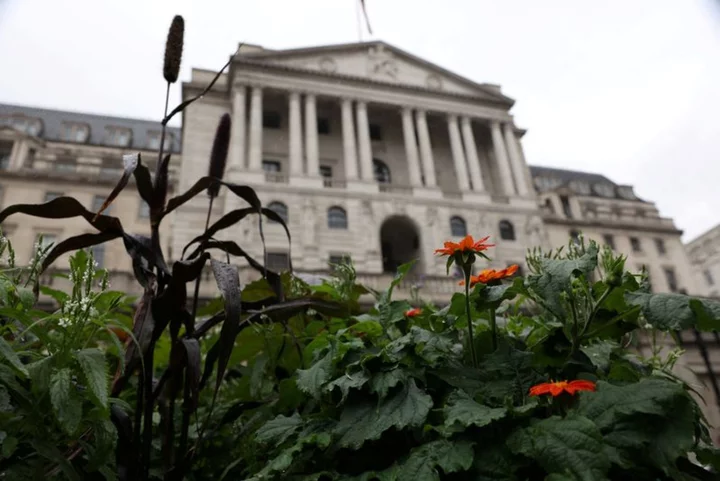By Nivedita Balu
TORONTO As Canada's economy enters a period of sluggish growth, the big banks are looking to fortify their balance sheets against rising bad debts, but instead of tapping shareholders for funds, the lenders are expected to sell non-core assets and cap dividends, fund managers and analysts said.
With the economy slowing and adding fewer jobs, banks are anticipating more consumers could default on credit-card payments and mortgages, hurting profits.
Banks have traditionally issued shares or bonds to raise capital, but with stock prices of the top five banks down between 5% and 11.5% this year, further equity dilution may not be the preferred route, they said.
"(Canadian banks) are running a little bit tighter in capital than they have in the past," said Adrienne Young, director of corporate credit research at Franklin Templeton Canada.
"What they would much rather do is... find small non-core assets that they're not going to grow very aggressively anytime soon and say, right, it has done its job for us, moving on."
Bank of Nova Scotia (Scotiabank) sold its equity stake in Canadian Tire's financial services unit back to the retailer last month, raising C$895 million ($650 million), while BMO is winding down its indirect auto lending business and reportedly looking to sell its RV loan portfolio.
While shareholders and analysts declined to name specific assets, they said banks could offload parts of their loan books, which could be attractive to fixed-income investors and private equity firms.
The five banks have spent about C$147 billion on acquisitions since 2000, grabbing credit-card portfolios, wealth and asset management firms, as well as smaller regional banks in the U.S. and abroad as a part of their expansion strategies.
"I don't see them having to go out and raise equity... I think the banks will use other tools in their toolbox before having to go and raise equity," said Maria Gabriella Khoury, analyst at credit-ratings agency Fitch.
To be sure, the big-five banks have a Common Equity Tier 1 (CET1) ratio between 12.2% to 15.2% as of the third quarter, comfortably above the required 11.5%. But the Office of the Superintendent of Financial Institutions (OSFI), Canada's banking regulator, has been proactively ramping up the capital requirement over the past couple of years and investors expect OSFI to do it again as the economy slows.
"The view is that given the vulnerabilities and the weakening in the economy, OSFI will take the domestic stability buffer up to that 4% maximum," said Robert Colangelo, VP and senior credit officer at Moody's. The domestic stability buffer (DSB) currently sits at 3.5%.
"They are doing that.. to make sure banks are holding more capital as we potentially head into a downturn," Colangelo said.
OSFI, which is set to review DSB in December, did not immediately comment.
Scotiabank, which has a CET1 ratio of 12.7%, indicated in August it was preparing for a higher capital requirement.
Some analysts have noted that Royal Bank of Canada might need to raise capital as it nears the completion of its purchase of HSBC's domestic operations, but the bank has maintained it would comfortably close the acquisition.
RBC said it expects its CET1 ratio to remain above 12% following closing of the HSBC Canada deal.
Freezing dividend increases could limit the need to sell assets, said Anthony Visano, head of investment research at investment firm Kingwest & Co.
"There are so many little things that they can do that add up to them hitting that buffer."
($1 = 1.3764 Canadian dollars)
(Reporting by Nivedita Balu in Toronto; Editing by Rod Nickel)









